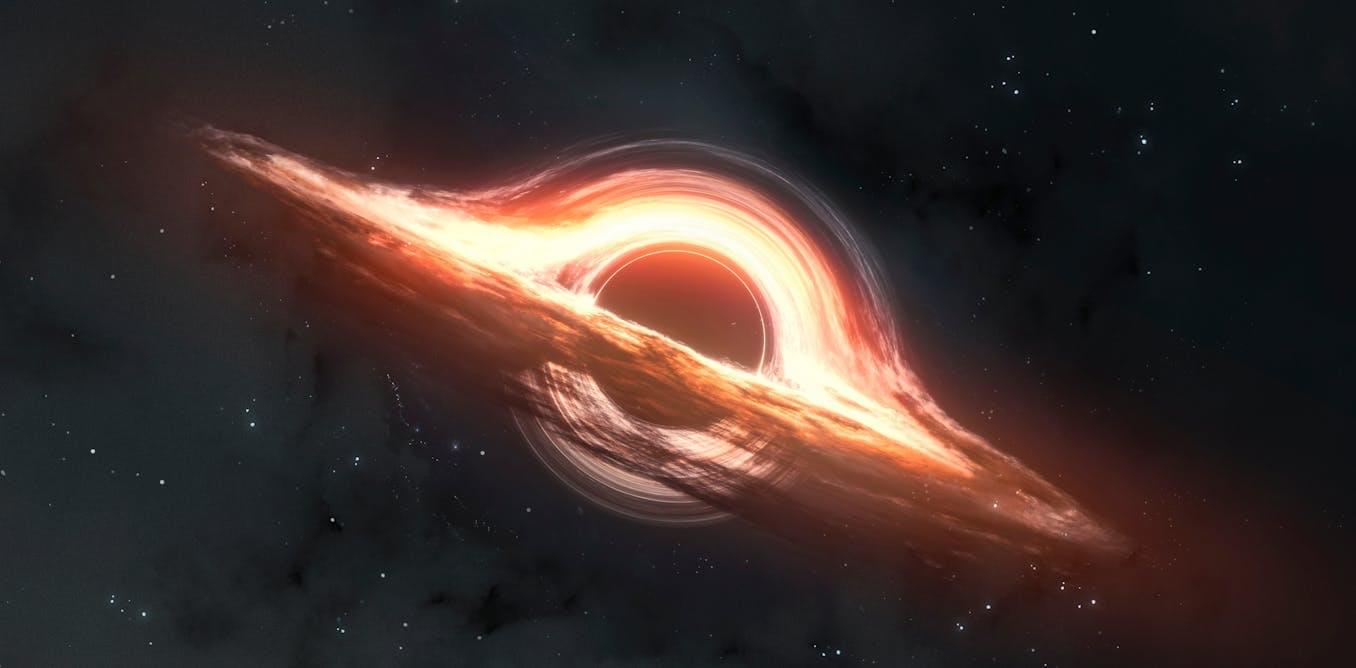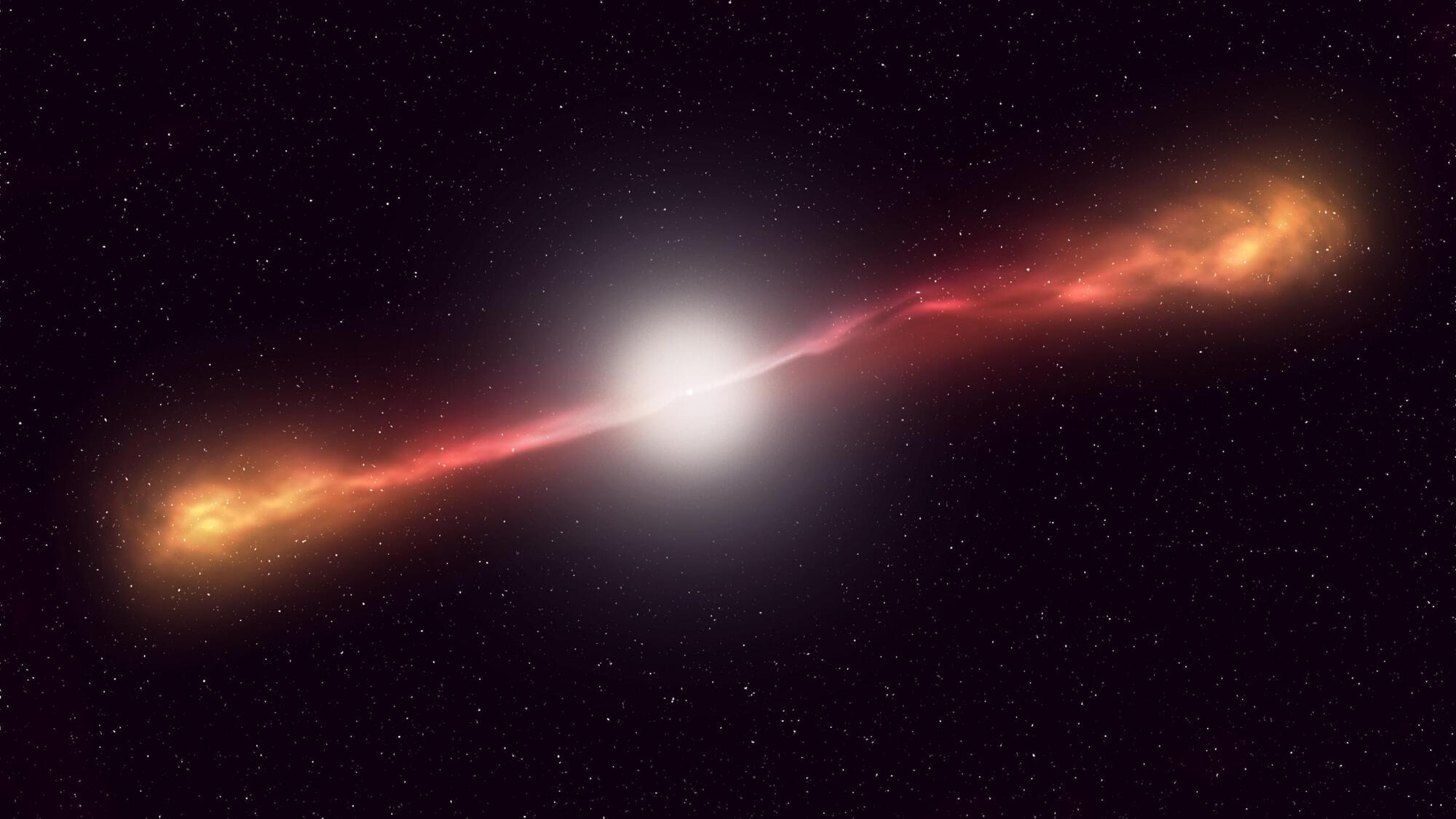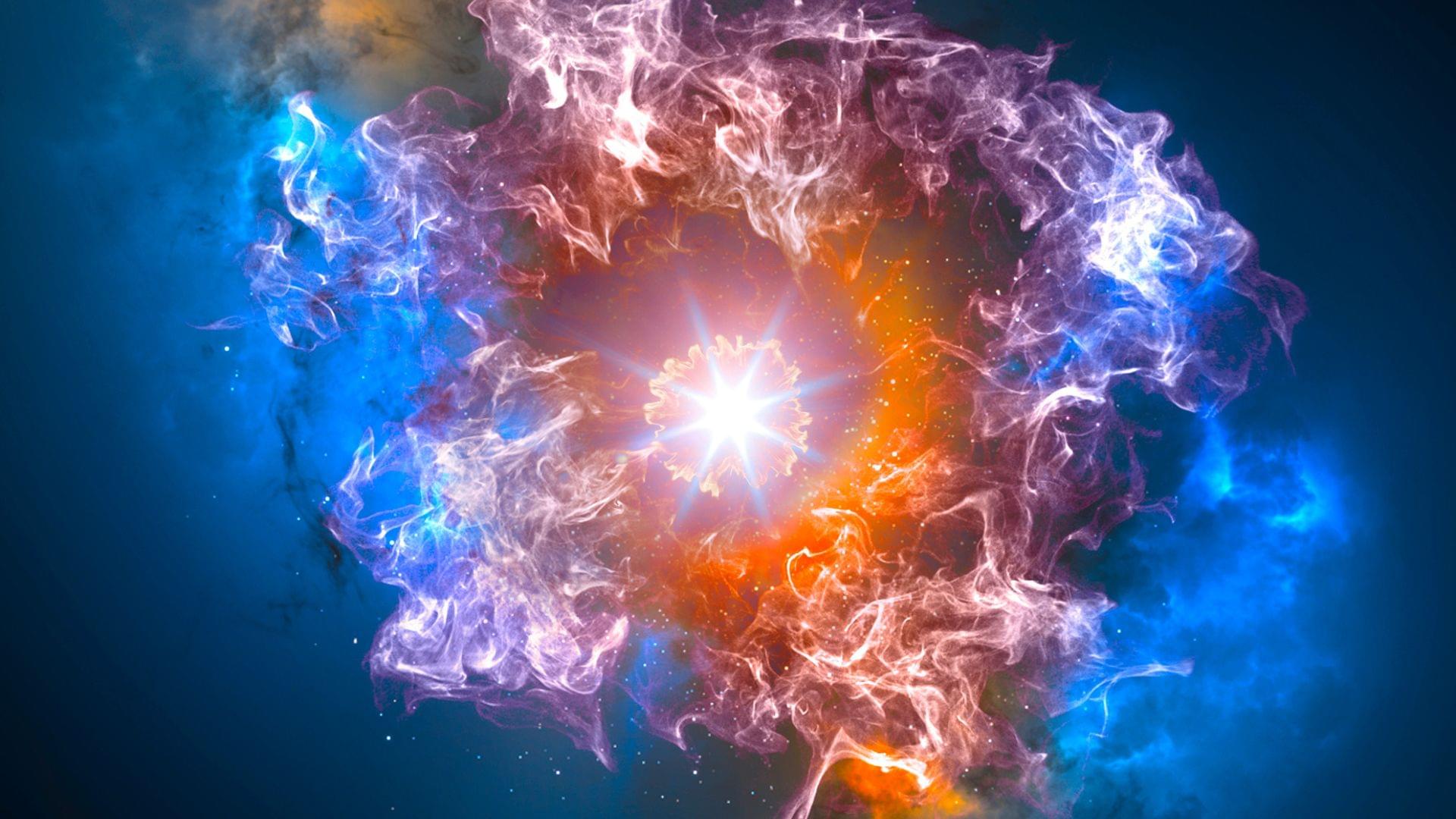Across the cosmos, many stars can be found in pairs, gracefully circling one another. Yet one of the most dramatic pairings occurs between two orbiting black holes, formed after their massive progenitor stars exploded in supernova blasts. If these black holes lie close enough together, they will ultimately collide and form an even more massive black hole.
Sometimes a black hole is orbited by a neutron star—the dense corpse of a star also formed from a supernova explosion but which contains less mass than a black hole. When these two bodies finally merge, the black hole will typically swallow the neutron star whole.
To better understand the extreme physics underlying such a grisly demise, researchers at Caltech are using supercomputers to simulate black hole–neutron star collisions. In one study appearing in The Astrophysical Journal Letters, the team, led by Elias Most, a Caltech assistant professor of theoretical astrophysics, developed the most detailed simulation yet of the violent quakes that rupture a neutron star’s surface roughly a second before the black hole consumes it.






